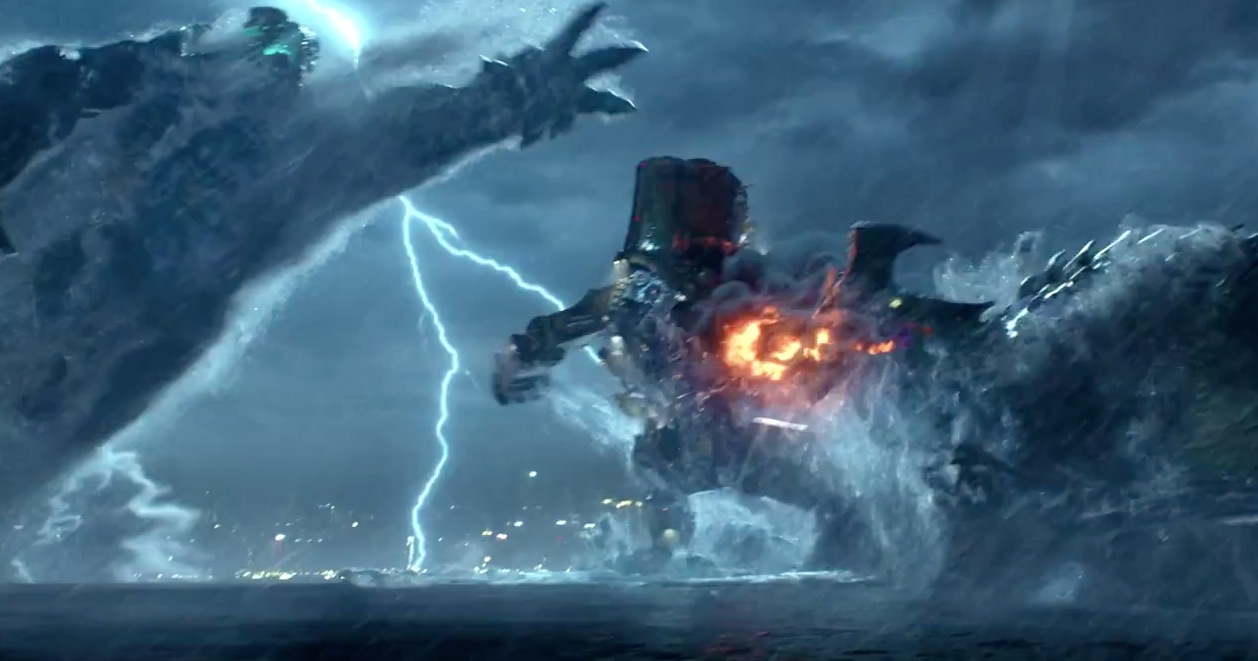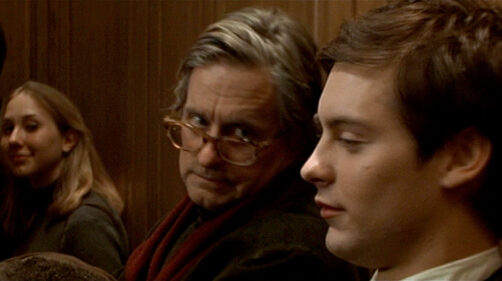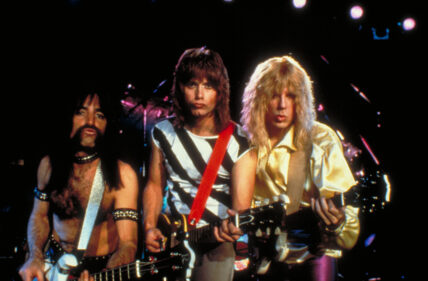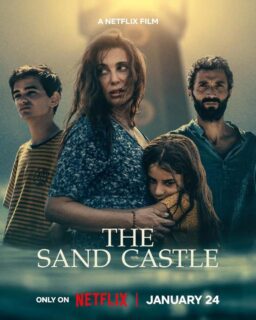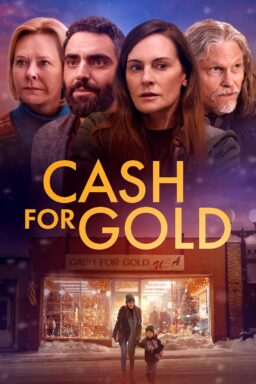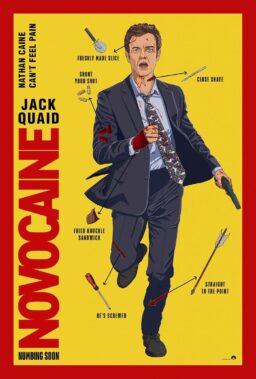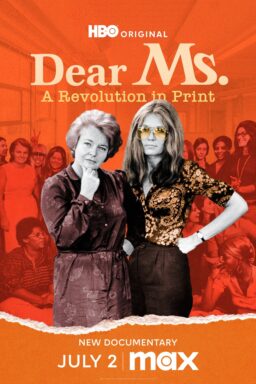Blockbusters have never been a particular source of maturity or sophistication. That’s been mostly by design, given that they’ve always traded in trying to capture something of our inner child’s fantasy and awe. It’s why we’re often prone to framing the success and failure of big-budget spectacles in those terms: “‘Pacific Rim’ was great and made me feel like a kid again” vs. “‘Transformers’ was awful and only a kid would like it.” But thanks to a growing emphasis on mass-destruction in recent years, blockbusters have started to feel like they’re not so much facilitating child-like states as they are regressing into them.
There’s a telling moment in Gore Verbinski’s “The Lone Ranger” where a boy is playing with an electric train set and deliberately sends a train crashing off the table to the floor. He does this for no other reason than for the fun of it and because he can. When reprimanded by Tom Wilkinson’s character, the boy indifferently says, “It’s just a toy.” It’s an act that not only proxies Verbinski (who bookends “The Lone Ranger” with two train crashes of his own because he can, for the fun of it), but captures the child-like destructive fantasies now playing themselves out in the current wave of blockbuster filmmaking.
Mega-budget extravaganzas are now constructed entirely around handing filmmakers the CGI toy box and encouraging them to play smash-em-up. In 2013 in particular, movies like Verbinski’s as well as “Fast and Furious 6,” “Star Trek Into Darkness,” “Man of Steel,” “Pacific Rim” and “The Hobbit: The Desolation of Smaug” (regardless of their quality) felt like they were little more than extrapolations of child-like activities masquerading as feature films: Hot Wheels flung off ramps, robot and monster actions figures smashed together, cities built out of Lego solely to be stomped through.

In his op-ed about current movies frequently defaulting to destruction, “Thor” screenwriter Zack Stentz notes, “Some of [this is] certainly on the filmmakers. Any kid who’s knocked over a sibling’s block tower knows that it’s just fun to destroy things. And a $200 million tentpole film? Well, they don’t call them blockbusters for nothing.” But that kind of childish indulgence requires enablers. Enter what Damon Lindelof calls “Story Gravity.” Big-budget spectacles have become exponentially stakes driven, thanks to–as Lindelof puts it—a “commercial world where you’ve gotta come up with ‘trailer moments’ and make the thing feel big and impressive and satisfying.” The result is studios have created a standard of blockbuster filmmaking that makes it “almost impossible to … not have a final set piece where the fate of the free world is at stake. You basically work your way backward.” In other words, the reason these movies feel like they’re adaptations of child-like activities is because they are.
Given free rein to imagine massive stakes (and the “appropriate” destruction to convey them), it’s no surprise filmmakers regress and succumb to childish destruction fantasies. Guillermo del Toro—whose “Pacific Rim” is a perfect example—has unknowingly verbalized this phenomenon best, noting that “there’s [a] primal fantasy, certainly for a male child … where you give them a robot and a dinosaur, and the instinct is just to have them fight.” Hollywood is doing just that: giving filmmakers CGI dinosaurs and robots, and the encouragement to let those primal fantasies get triggered. The result is a model that asks directors to lower their inhibitions and pursue their childish “wouldn’t it be cool if…” instincts. And so we get “trailer moments” like Vin Diesel being launched off a car, a space laser buckling London into oblivion, an invading force of digital army men toys mowing down the White House, an entire fake city demolished by super-powered people.

So what’s the problem with all this? The fallout is not just the inherent lack of sophistication in movies where filmmakers pursue their inner-kid. There’s the storytelling—already endangered in blockbusters—that’s being squashed by the Darwinian ascent of “required” destruction. There’s the fact that stakes and disaster can only go so far, and that dead-end will come really quickly—if “Thor: The Dark World” threatening the entire universe hasn’t already hit it. Then there’s the much discussed lack of concern blockbusters display for the hypothetical collateral damage their hypothetical disasters would cause. But the real problem is that filmmakers are not thinking about the audience anymore. They’re out to capture their own inner child, not ours. These modern spectacles leave us wondering: “Was this really meant for us? What was this supposed to make us feel?”
Most recently, Peter Jackson’s “The Hobbit: The Desolation of Smaug” calls that question to mind. The very existence of “Smaug” as a second film in an indulgent trilogy of one novel is already a compelling argument for a director intent only on satisfying his youthful self. As was the announcement/justification of the trilogy, which was anchored to a whole lot of “I” and “us” and “we,” and may as well have translated to “I want to keep playing with these toys.” But the film itself evokes this entire trend. The finale in particular feels like one relentless and repetitive renewal of stakes and trailer moments. For what feels like an hour, Bilbo and the dwarves (like little Warhammer figures) escape one close-Smaug-call after another for reasons that seem to be more about Jackson wanting to continue playing with his big toy dragon than entertaining an audience. Sure, that was probably his intent, but after about fifteen minutes of justinthenickoftimes I grew desensitized with collapsing structures, singed beards, “This way!” and “Run!”, rooms entered with fire licking at characters’ heels, and it felt like the only person who was having fun anymore was Jackson.

Artists certainly are allowed to make films that only satisfy their own creative pursuits. But blockbusters—more than any other kind of film—are conceived of as a way to entertain and satisfy audiences (so they can make money). Modern spectacles feel like they’re built to entertain and satisfy their filmmakers instead. They’re not considering who their destruction is actually for anymore. They’re just doing it. Or, as Vulture wrote, when it comes to destruction porn, “No one necessarily asks for it; it just kind of happens.” Bless his honesty, but Lindelof’s assessment of the climactic destruction he penned for “Star Trek Into Darkness” only reinforces how embedded and unconscious this has all become for the moviemakers: “Did ‘Star Trek Into Darkness’ need to have a gigantic starship crashing into San Francisco? I’ll never know. But it sure felt like it did.” All of this makes me recall “Jurassic Park“‘s Ian Malcolm sentiment when he lectures Hammond for blindly realizing his dinosaur fantasies with the technology he has access to. Filmmakers are now so preoccupied with how much they can (and are encouraged to) destroy digitally, they don’t stop to think if they really should. They don’t stop to ask “Who is this really for?”
Makers of modern blockbuster need to realize there is a limit to not just the destruction they’re peddling but to an audience’s tolerance of it. It’s a limit audiences may not stick around for. Because these children-at-play directors should remember something we all learned in our youth. A child smashing toys together can quickly get bored. A child who is forced to only watch gets bored far quicker.

